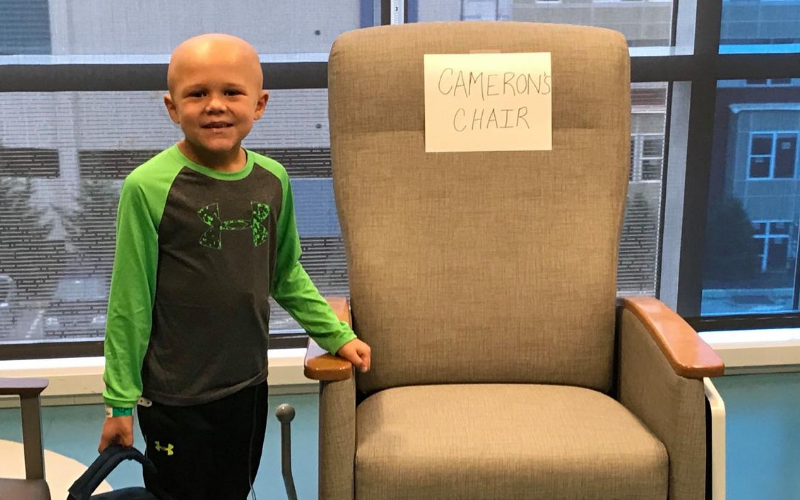
By: Trish Adkins
On August 18, 2020, the RACE for Children Act went into effect and requires pharmaceutical companies to evaluate new drugs in children with cancer as they develop drugs for adults.
The RACE Act, which was signed into law three years ago, makes it standard practice for all pharmaceutical companies to evaluate new molecularly targeted drugs and biologics “intended for the treatment of adult cancers and directed at a molecular target substantially relevant to the growth or progression of a pediatric cancer,” in both adult and pediatric studies. Ideally this act will accelerate the evaluation of new drugs, ultimately bringing new cures to children with cancer.
Here are four things you need to know about the RACE for Children Act:
1. The RACE (Research to Accelerate Cures and Equity) for Children Act is not an entirely new law.
In August 2017, it was incorporated as Title V of the FDA Reauthorization Act to amend the Pediatric Research Equity Act (PREA). PREA required pharmacuetical companies to test drugs developed for adults in children, but because of the way the original law was written, this did not necessarily happen because companies could receive an exemption from this requirement. Under PREA, there were no FDA-required studies of cancer drugs for children.
2. The RACE for Children Act eliminates the Orphan Designation Exemption for pediatric studies.
Even though childhood cancer is the number one cause of death by disease in children in the United States, it is still considered a rare or orphan disease, affecting less than 200,000 children a year. Pharmaceutical companies could forgo pediatric studies under PREA by receiving an orphan designation exemption. Under the RACE Act, pharmaceutical companies must include pediatric studies in their drug development plan, regardless of the cancer’s orphan status.
3. Although adult cancers and childhood cancers are not the same, they can share the same molecular targets.
As precision therapy continues to hold more promise for safer treatments and cures for children, more molecular targets – the oncogenes or proteins that drive the development of cancers – are being found and studied. As a result, precision therapies that target these molecular changes are being developed. The RACE for Children Act opens the door to studying these new drugs in children and could lead to additional customized treatment options for the rarest childhood cancers.
4. The RACE for Children Act should open the door to more innovative pediatric cancer studies.
Pharmaceutical companies must include a plan for gathering clinically meaningful study data, “using appropriate formulations, regarding dosing, safety and preliminary efficacy to inform potential pediatric labeling.” This should foster more collaboration across industry, government and academia to ensure pediatric studies are done safely and efficiently.
Learn more about childhood cancer research and Alex’s Lemonade Stand Foundation’s innovative childhood cancer research grants program here.

